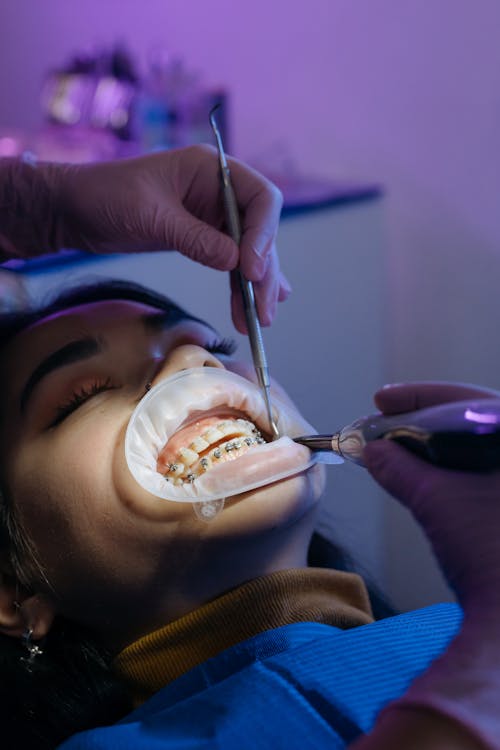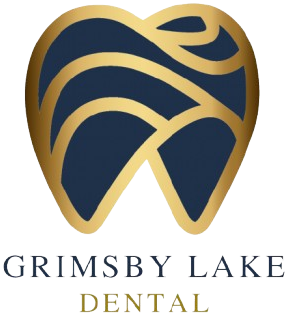Emergency Dentistry
Emergency dentistry addresses urgent oral health issues that require immediate attention. These situations can cause severe pain, risk permanent damage, and impact overall health. Here’s a detailed look at emergency dentistry:
What Constitutes a Dental Emergency?
A dental emergency is any condition that poses an immediate threat to your oral health or causes severe pain. Some common examples include:
- Severe Toothache: Intense, throbbing pain that doesn’t subside with over-the-counter pain relievers.
- Knocked-Out Tooth: A tooth completely dislodged from its socket.
- Dislodged (Luxated) Tooth: A tooth that has been moved from its normal position but is still partially in the socket.
- Fractured or Broken Tooth: A cracked or broken tooth causing pain or sensitivity.
- Abscess: A painful infection at the root of a tooth or between the gum and tooth.
- Lost Filling or Crown: When it causes severe pain, or sharp edges that cut the tongue or inner cheeks.
- Soft Tissue Injuries: Lacerations or punctures to the gums, lips, tongue, or cheeks.
- Jaw Injuries: Suspected fractures or dislocations of the jaw.
- Uncontrollable Bleeding: Bleeding from the mouth that doesn’t stop with direct pressure.
What to Do in a Dental Emergency
- Remain Calm: Panic can hinder clear thinking.
- Contact Your Dentist Immediately: Explain your situation and follow their instructions. If your regular dentist is unavailable, seek emergency dental care at a clinic or hospital.
- Take Action Based on the Specific Emergency
1- Knocked-Out Tooth
- Handle the tooth by the crown, not the root.
- Rinse it gently with milk or saline solution, but don’t scrub it.
- If possible, carefully reinsert the tooth into its socket.
- If you can’t reinsert it, place it in a container of milk, saline solution, or saliva.
- Seek immediate dental care and call Grimsby Lake Dental. Time is crucial for saving the tooth.
2- Dislodged Tooth
- Gently try to reposition the tooth.
- Apply a cold compress to reduce swelling.
- See a dentist as soon as possible.
3- Fractured Tooth
- Rinse your mouth with warm water.
- Apply a cold compress to reduce swelling.
- Take pain relievers as needed.
- See a dentist immediately.
4- Abscess
- Rinse your mouth with warm salt water.
- See a dentist as soon as possible.
5- Lost Filling or Crown
- If possible, temporarily replace the crown with dental cement found at drugstores. If that is not an option, then use sugar free gum to fill the hole.
- See a dentist as soon as possible.
6- Soft Tissue Injuries
- Rinse your mouth with warm water.
- Apply pressure to the bleeding area with gauze.
- Apply a cold compress to reduce swelling.
- Seek immediate medical attention if bleeding is severe or doesn’t stop.
The Importance of Prompt Treatment
- Saving Teeth: Immediate action can save knocked out or dislodged teeth.
- Preventing Infection: Prompt treatment of infections can prevent them from spreading.
- Relieving Pain: Emergency dental care provides immediate pain relief.
- Avoiding Complications: Timely treatment can prevent more serious dental problems.
Finding Emergency Dental Care
- Contact your Grimsby Dentists at Grimsby Lake Dental and we will schedule you in for same-day dentistry
By understanding what constitutes a dental emergency and knowing what to do, you can protect your oral health and minimize potential damage.

Follow Grimsby Lake Dental on Instagram
